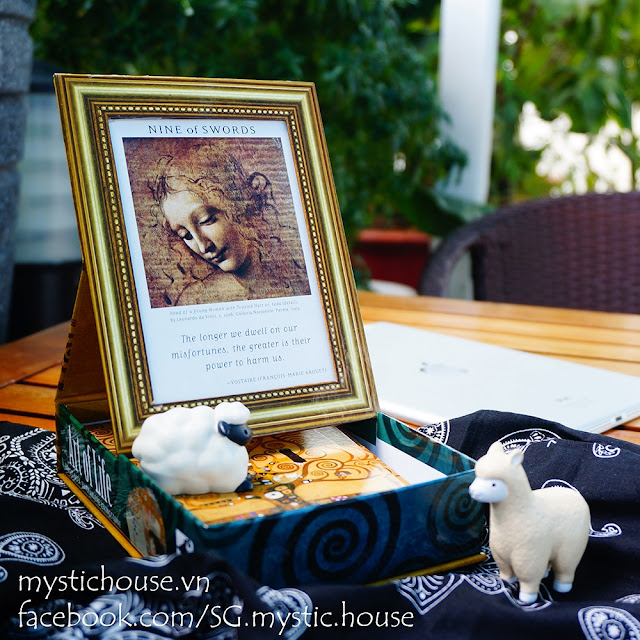8 Lost Masterpieces of Art

1. The Colossus of Rhodes One of the Seven Wonders of the Ancient World, this massive bronze statue of the sun god Helios towered over the Greek city of Rhodes for most of the 3rd century B.C. The behemoth stood 110 feet tall, and reportedly took the sculptor Chares of Lindos a full 12 years to complete. But while the Colossus surely proved an incredible sight for visitors to the city’s bustling harbor, it stood for only 56 years before toppling in a 226 B.C. earthquake. The once mighty statue then lay in ruins for another several centuries before Arab merchants sold off its remains for scrap. No drawings of the Colossus of Rhodes survive today, but ancient sources note that Helios was depicted standing with a torch held in his outstretched hand. These descriptions later served as an inspiration for Frederic Bartholdi’s design of the Statue of Liberty. 2. Leonardo da Vinci’s “Medusa Shield” Several of Leonardo da Vinci’s works have been lost to time, but the “Medusa Shiel...


